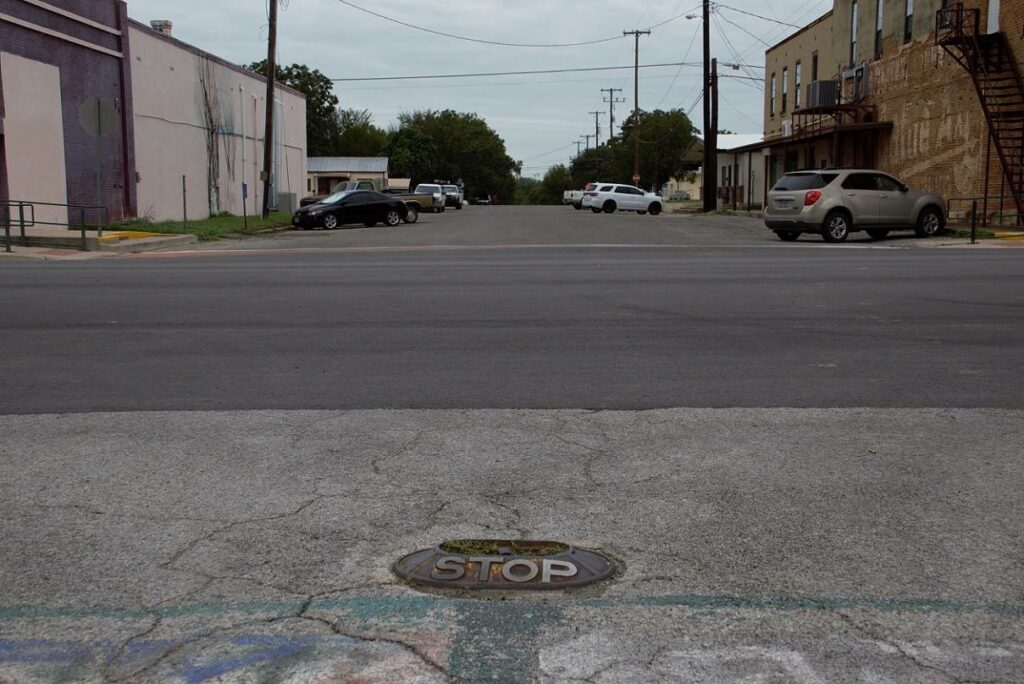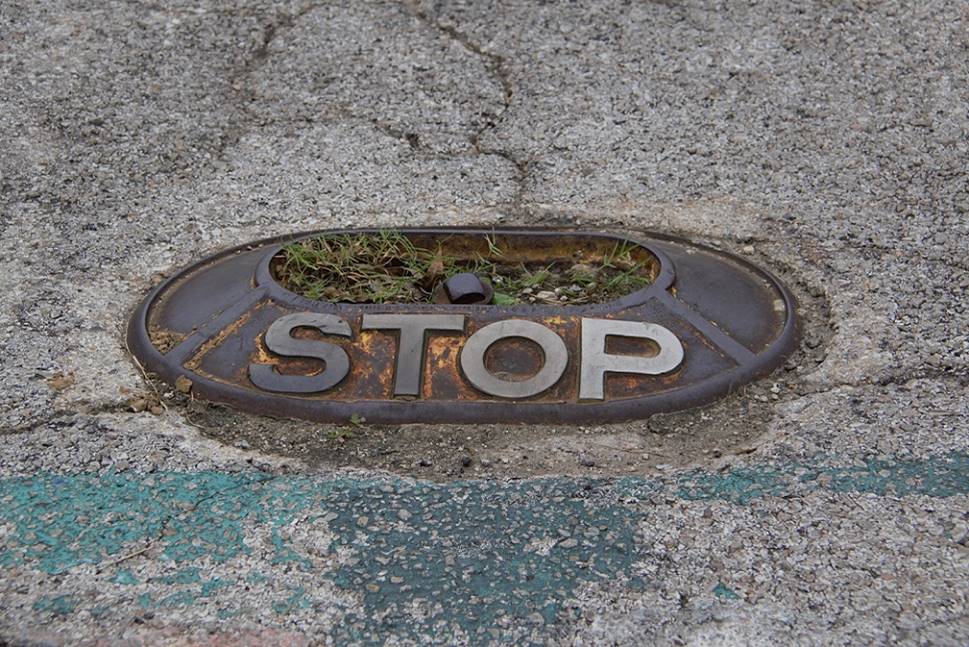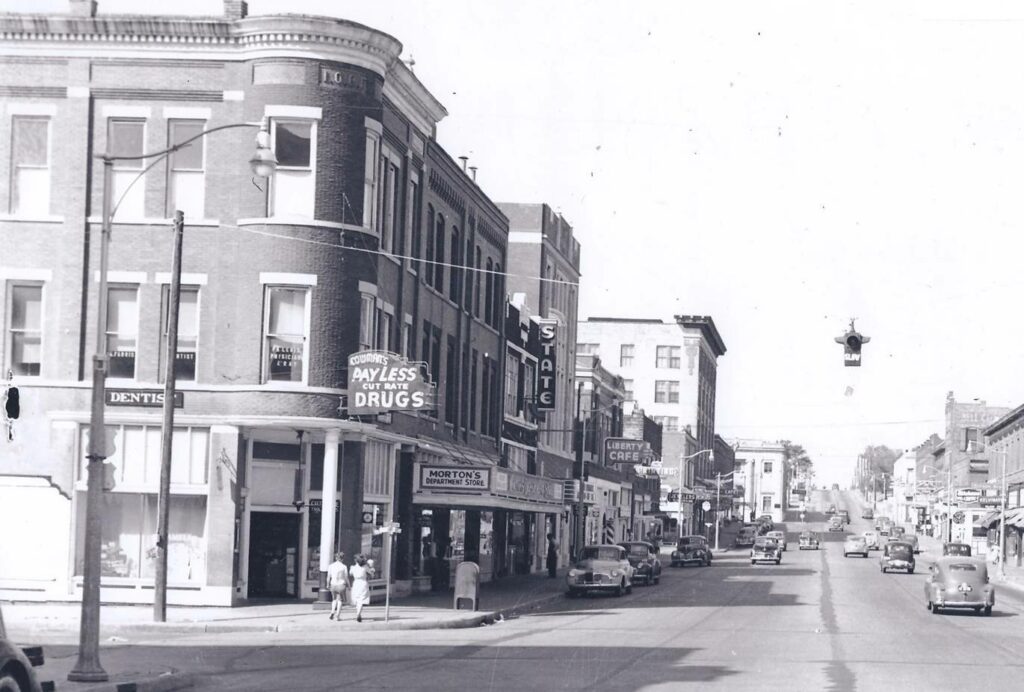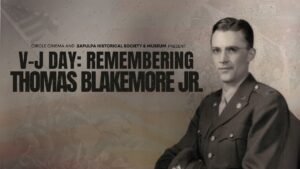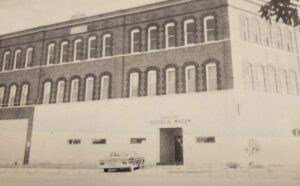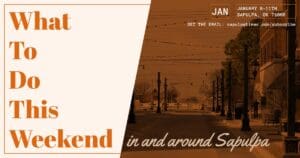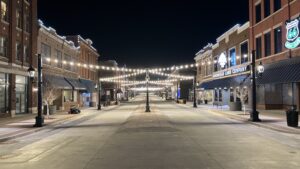Rachel Whitney
Curator, Sapulpa Historical Museum
This week in Sapulpa history in 1927, City Commissioners held a meeting to discuss traffic, safety, and new installations of traffic stops.
On March 22, 1927, it was announced new traffic signs and signals would be arriving soon. The City Commission approved the installation of new traffic signs. The new signs would be oblong, metal signs. It had two main functions: one side held instructions of either “stop,” “slow,” or “school;” and the other side provided advertisements.


Along with the new signs came new contracts to maintain the street signs. “The Superior Traffic Signal, as it is called, is a durable plate. It flops to the pavement from either side. The replacing of these signs will be done at the cost of the company installing. These signs are maintained by the company who sends an inspector regularly for their upkeep. A contract of 3, 5, and 10 years comes with installation. The contract also provides that the street shall not be left in a torn up [sic] condition after the removal of the plugs.”
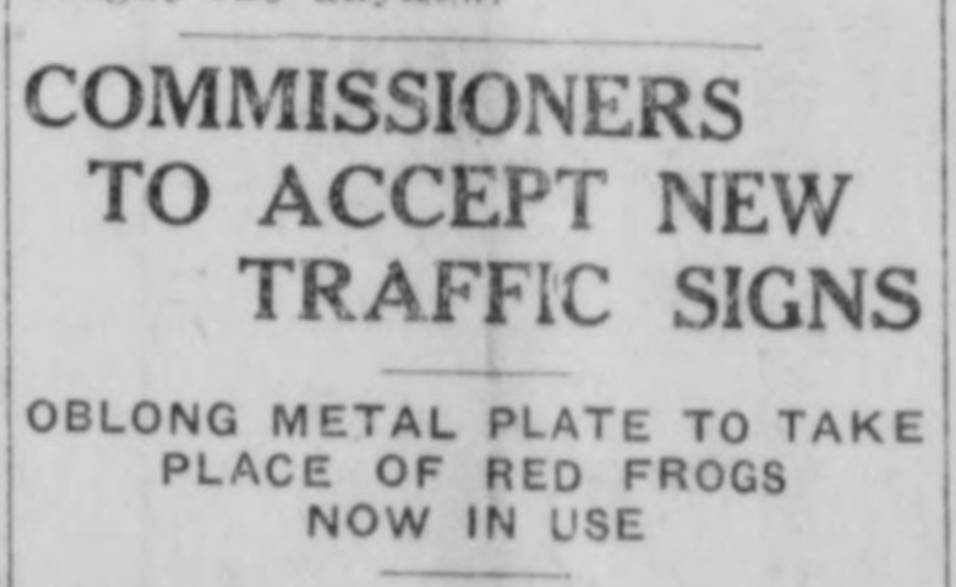
In the same meeting, other changes were approved by the City Commissioners. “Change was instantly favored.” A library bill was approved, as well as, purchasing of new police cars. The new police cars would now “survive” the winter weather. In addition, a decision was made to “install two bridges across the creek at the golf course.” At the time, however, the discussion died down on that matter and wasn’t approved. The two bridges would have cost $750*.
*Note: in 1927, $750 then would be roughly $11,000 in today’s value.
Another discussion at the meeting was to open the street blocked by the railroads, at North Main. For some time, North Main was practically a “dead end” and drivers could not head north because of the large Frisco railway system. In addition, for some time, the Frisco warehouse building stood in the middle of the road. An investigation was started to condemn the property, and pay for its value, to open the area up. North Main remained “blocked” for decades, however.
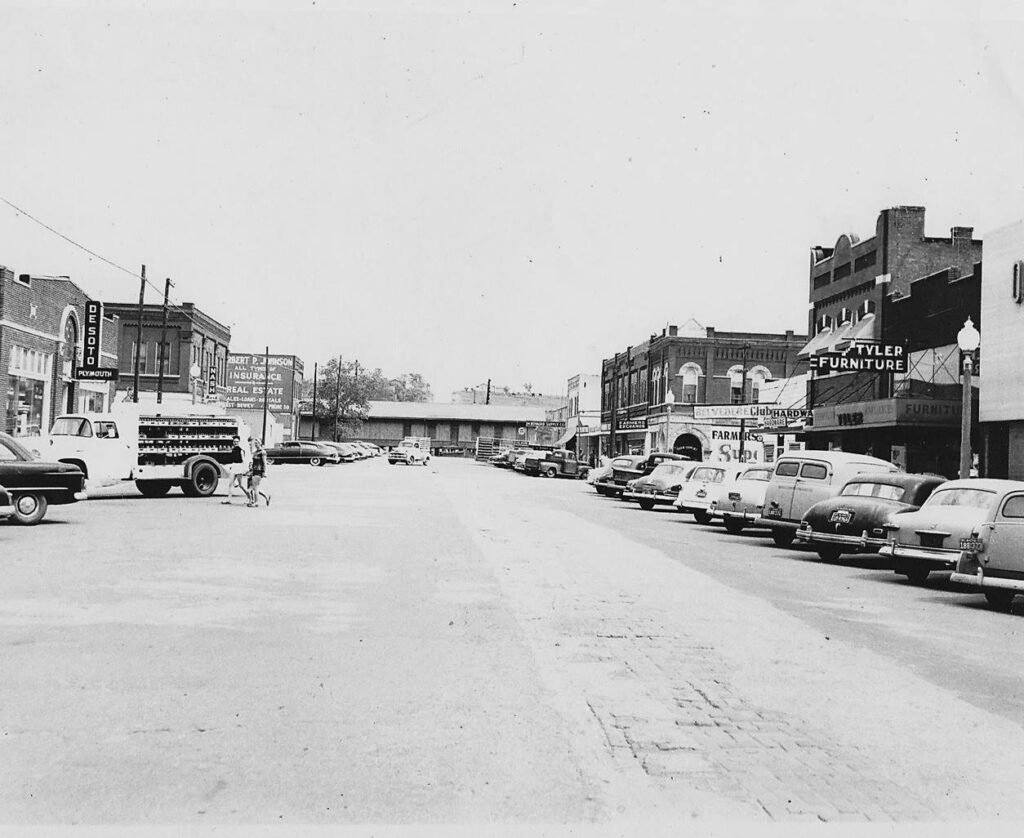
It was decided to change the traffic system in Sapulpa to be safer. “Replacing the iron frogs at the intersection of city streets with this appliance offered by New Way Advertising Company of Oilton, Okla, would do away with a possible danger now existing on account of the plugs.” These would be placed in the middle of the street at intersections, and would “flop back upright” if they were hit by oncoming traffic.
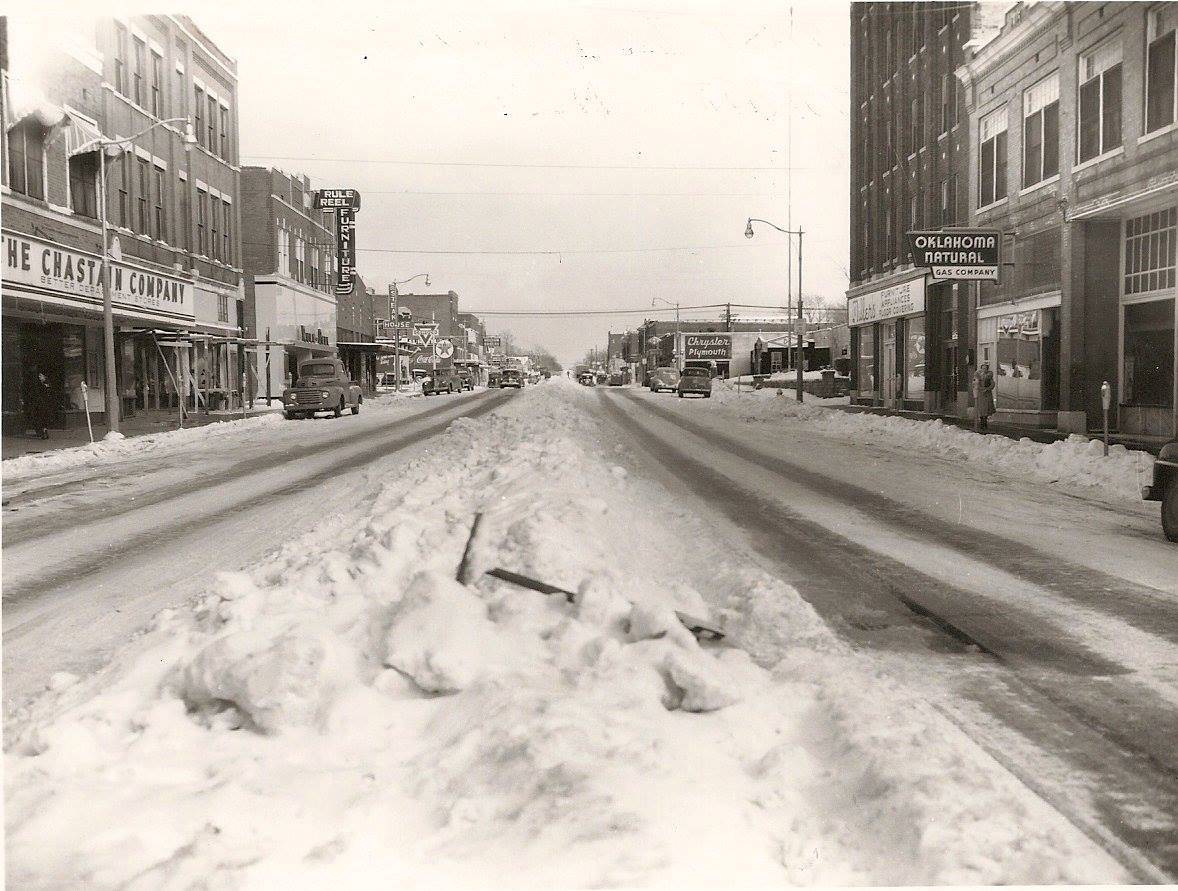
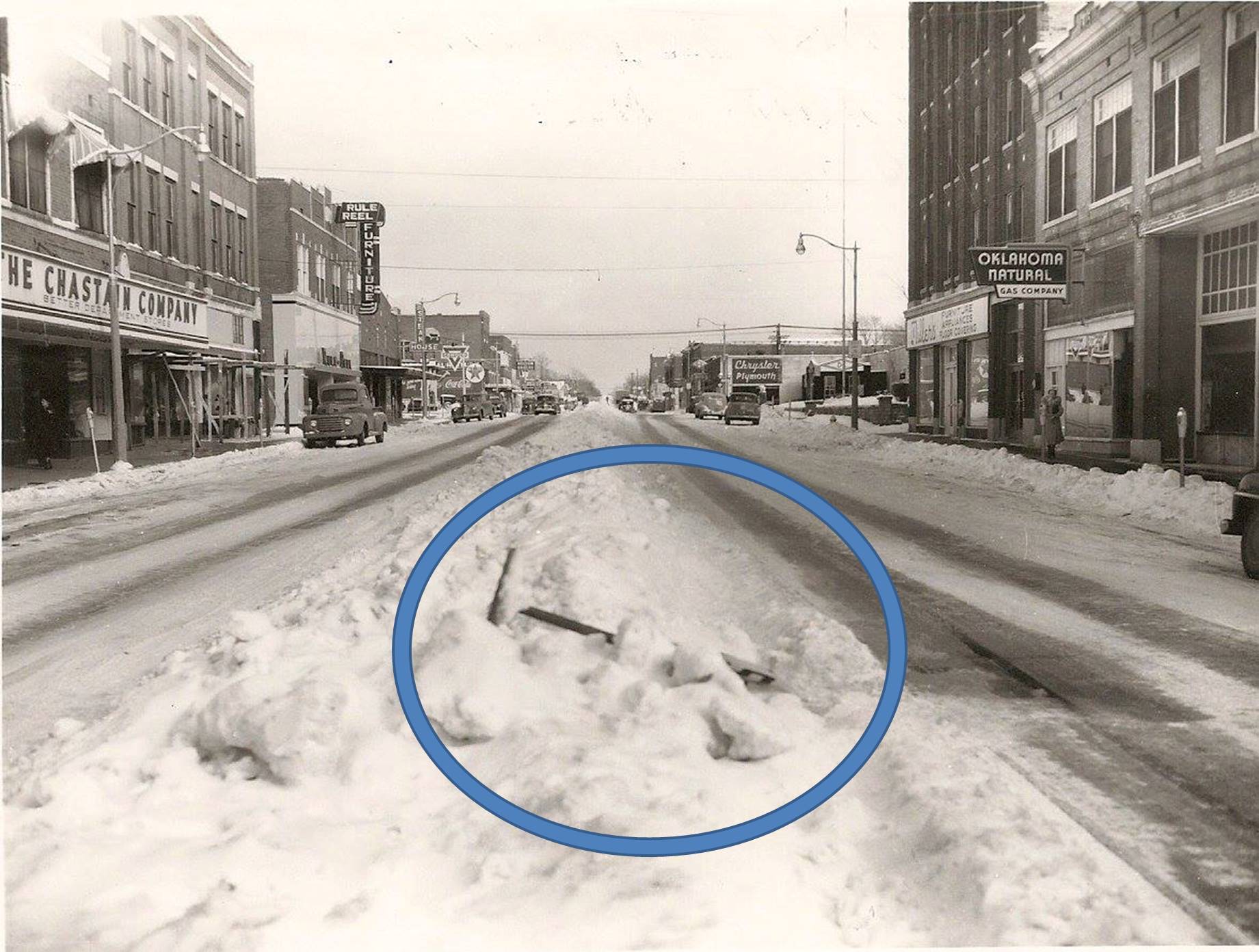
In 1927, there was not a uniform design of traffic signs, signals, laws, and devices. However, the new installations should be safer than the old signs. As stated earlier, the new signs would replace the “iron frogs.”


Iron frogs were small, metal devices embedded into the pavement with the word “stop,” “slow,” or “school” on its front. These frogs were similar to what we would assume as a small speed bump – but in the middle of the intersection at two feet long and about twelve inches tall.


It is unknown when the installation of the iron frogs took place. The last of these frogs, however, was removed about 1950. The last one remained on the south side of Dewey Ave at Water Street. It is unknown, also, what happened to the iron frogs from Sapulpa.
However, a visitor who arrived at the Sapulpa Historical Museum a few years ago was from Miami, OK, and said he had seen one in his town. The visitor had mentioned that supposedly in a residential area there is still an iron frog “directing traffic” still to this day.
